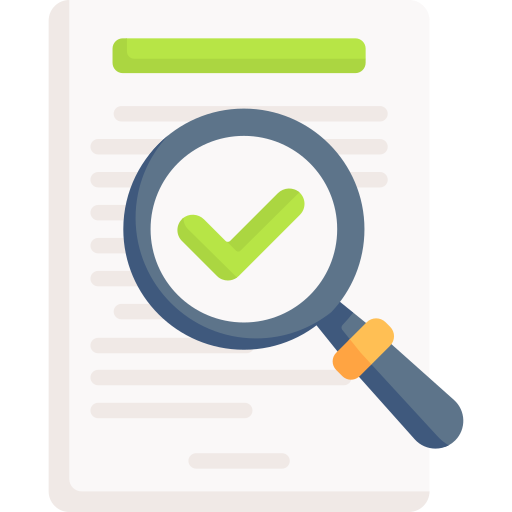You have selected a topic for an academic paper, or perhaps you need to write a report for work that addresses a particular issue. You have finished, or almost finished, doing your research. Although you haven’t written your thesis statement yet, you have an idea of what the focus of your paper will be. If you are writing a business report, you know what your supervisor and your team members are expecting to see.
If the idea of putting all the different pieces together to form a clear, coherent paper or report is making you feel as if you are about to climb a mountain, you are not alone. This is hard work! But by following a few guidelines, you can write a well-organized academic paper or business report.
Need Editing and
Proofreading Services?

Write your thesis statement first.
Your thesis statement is a sentence that summarizes the main idea of your paper and sets the stage for what comes next. If you are writing a business report, you might not use the term “thesis statement”, but you should have a sentence that gives your audience a summary of what your report is about.
Although the thesis statement usually comes at the end of your introduction, it helps to write it before anything else. Think of it as your compass (or your GPS tracker) that will guide you through the rest of your paper. At this point, your thesis doesn’t need to sound perfect. It just needs to be good enough to get you on the right track and help you stay there. You can polish it later.
Introduction, body, conclusion… What belongs in each section?
Most academic papers and business reports have three sections—the introduction, the body, and the conclusion. Knowing what belongs in each section will help you get organized.
- Introduction
- Opening sentence
- Background information
- Thesis statement, or “main idea” statement (if it’s a business report)
- Body (Your paper/report probably won’t have all of these!)
- Research findings
- Quotes from books and articles
- Data and statistics
- Tables and graphs
- Sales figures and information about products (if it’s a business report)
- Your own interpretation of the information you have gathered
- Conclusion:
- A recap of your thesis statement
- Some thoughts on how to apply your findings in the real world
- A call to action (if appropriate)
- Possible ideas for future research.
We recently posted articles about writing an introduction and writing a conclusion, so we won’t repeat all of that information here. You can read those articles as you work on those sections of your paper or report.
Should you make an outline?
Writing an outline is an excellent way to organize your paper or report. This is especially true if the body section is lengthy or complicated.
For an example of an outline, look at the section immediately above this one. That outline is simpler than yours probably needs to be, but you can still get a general idea of how to make one.
You can also find an outline for a business email in one of our previous articles. Keep in mind that the structure of an email is different from that of an academic paper or a business report. Still, the outline in that article will show you how to group related pieces of information together, so it’s worth a look.
A few more points to consider…
- Give yourself plenty of time to organize and work on your paper or report. You don’t want to wait until the last minute!
- Make sure that everything in the body section of your paper/report is somehow connected to your thesis statement or main idea. This will keep you from rambling or going off on tangents.
- Don’t be afraid to ask for help if you get stuck.
- Once you have finished your first draft, take a break, and then go back and read through it again when your mind is refreshed. This will make it easier for you to see what needs to be changed when you revise your text.
Need Editing and
Proofreading Services?

After you have finished revising your academic paper or business report, it’s always a good idea to have someone else look at it and provide feedback. At TextRanch, you can submit a full document here. One of our editors will review your writing, correct any mistakes, and provide feedback. If you still need help organizing your paper or report, we can help you with that, too!








Ask an Editor: A New TextRanch Feature!
Proofreading vs. Editing: What’s the Difference?
Human Editors: Why Do You Need One?
How can I improve my understanding of native-English speakers? Part 1